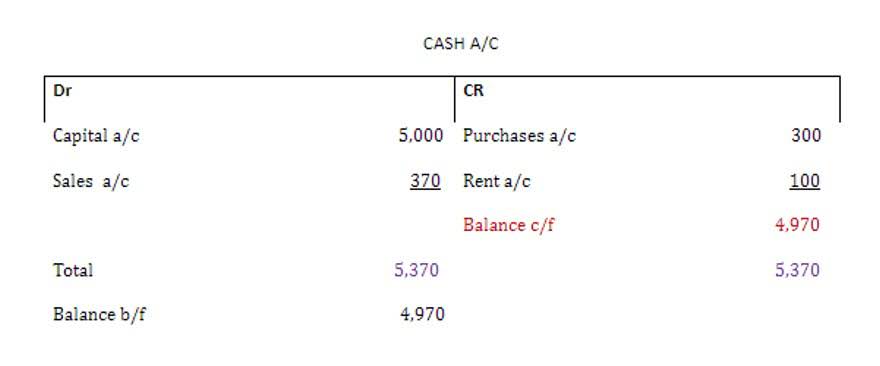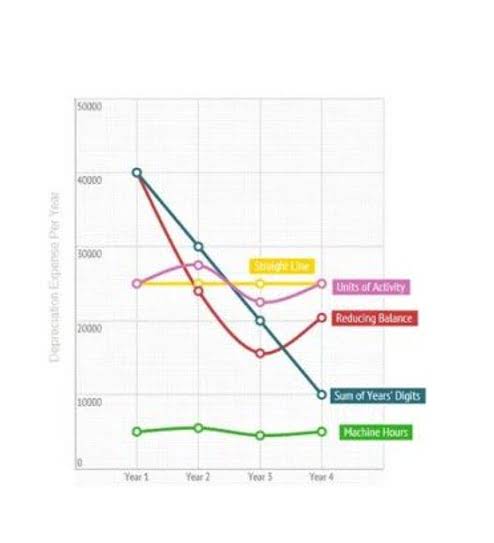
The net income or net loss during the period is shared by each partner depending on their agreement for profit or loss sharing. The statement of changes in equity of a sole proprietorship is the easiest to be prepared since it is more simple and involves less components compared to a partnership and a corporation. A partnership is a legal form of business that is owned by two or statement of stockholders equity more individuals called partners. The only difference is that each partner has their own capital and drawing accounts.
- To see a more comprehensive example, we suggest an Internet search for a publicly-traded corporation’s Form 10-K.
- Case studies and examples in the context of Stockholders’ Equity Statements provide invaluable insights into how different companies manage ownership changes and capital structure adjustments.
- The balance sheet provides a snapshot of assets, liabilities, and equity, with shareholders’ equity representing the residual interest in assets after liabilities.
- This could inspire management to invest more in business expansions or R&D, confident that the company has sufficient financial wiggle room to absorb such expenses.
- The number of shares of common stock is the weighted-average number of common shares that were outstanding during the accounting period.
- Beyond mere trend analysis, financial ratios derived from the shareholders equity statement help evaluate the company’s financial soundness and efficiency.
Stockholders’ Equity and Retained Earnings
This financial statement is needed because many investors and financial analysts believe that “cash is king” and cash amounts are required for various analyses. The SCF is necessary because the income statement is prepared using the accrual method of accounting (as opposed to the cash method). This document forms a core part of a company’s financial statements, alongside the balance sheet, income statement, and cash flow statement. Managers use these statements in unison to analyze and interpret financial results, with the aim of making informed strategic decisions.
- Let’s assume an investor purchased a single share for $15.30, although the underlying stock has a par value of $1/share (the price when issued).
- In this article, we will explore what the Statement of Shareholder Equity is, the key components it outlines, and provide an example statement with a template for reference.
- The current asset that represents the amount of interest revenue that was reported as earned, but has not yet been received.
- The statement of stockholder’s equity displays all equity accounts that affect the ending equity balance including common stock, net income, paid in capital, and dividends.
- If the company sustained net losses over several years and retained earnings were insufficient to absorb these losses, retained earnings would have a debit balance and would be reported on the SFP as a deficit.
- It reconciles the opening balances of equity accounts with their closing balances.
Negative or Positive
The actual number of shares issued (also called issued share capital) will not be more than the authorized share capital. The authorized capital is the total number of shares a company is legally authorized to issue as per the company’s own articles of association. While the issued share capital will depend on the financing requirements and capital structure decisions of a company. Any change in the Common Stock, Retained Earnings, or Dividends accounts affects total stockholders’ equity, and those changes are shown on the statement of stockholder’s equity. Different capital structures affect a company’s risk profile, cost of capital, and financial flexibility.
How should cash dividends be reported on the statement of shareholders’ equity?

However, most companies will find it preferable to simply combine the required statement of retained earnings and information about changes in other equity accounts into a single statement of stockholders’ equity. Statement of changes in equity helps users of financial statement to identify the factors that cause a change in the owners’ equity over the accounting periods. The balance sheet provides a snapshot of a company’s financial position at a specific point in income summary time, detailing assets, liabilities, and equity.

This method is inferior to the accrual basis of accounting where revenues are recognized when they are earned and expenses are matched to revenues or the accounting period when they are incurred (rather than paid). The cash basis of accounting is usually followed by individuals and small companies, but is not in compliance with accounting’s matching principle. The amount of other comprehensive income is added/subtracted from the balance in the stockholders’ equity account Accumulated Other Comprehensive Income.
- For the past 52 years, Harold Averkamp (CPA, MBA) hasworked as an accounting supervisor, manager, consultant, university instructor, and innovator in teaching accounting online.
- A decrease in the value of a long term asset to an amount that is less than the amount shown under the cost principle.
- Secondly, these correlations aid in determining the return on shareholder investments.
- This method is inferior to the accrual basis of accounting where revenues are recognized when they are earned and expenses are matched to revenues or the accounting period when they are incurred (rather than paid).
- Each element provides valuable information about the company’s funding sources and profit retention strategies.
- These metrics help assess the financial health, profitability, and value of the company.
- It includes all transactions not captured in these two financial statements, such as dividend payments, equity withdrawal, accounting policy changes, and corrections of prior period errors.

Beyond mere trend analysis, financial ratios derived from Bookkeeping for Etsy Sellers the shareholders equity statement help evaluate the company’s financial soundness and efficiency. Proactive communication with shareholders regarding the strategic value of these initiatives is crucial in ensuring their overall success. Treasury stock is the amount of shares that the company has bought back from its shareholders. Companies usually buy back shares to reduce the number of outstanding shares and, consequently, increase earnings per share and shareholder value. However, the management’s decision about the share buyback can also tell a lot about its expectations about future performance.
Analyzing Shareholders Equity Statement
The gross margin or gross profit percentage is monitored by the readers of the financial statements to determine if the corporation was able to maintain the usual percentage during periods when its product costs had increased. This is important because the corporation’s gross profit amount must be sufficient to cover its selling, general and administrative (SG&A) expenses and to provide a sufficient amount of net income. It also means that expenses and liabilities will be reported on the financial statements when they occur (as opposed to reporting expenses when the corporation remits payment).

Video Explanation of Shareholder’s Equity Statement
These investments are reported as a current asset if the investor’s intention is to sell the securities within one year. Insurance Expense, Wages Expense, Advertising Expense, Interest Expense are expenses matched with the period of time in the heading of the income statement. Under the accrual basis of accounting, the matching is NOT based on the date that the expenses are paid. Some corporations may be required to have their external financial statements audited.

Comentarios recientes